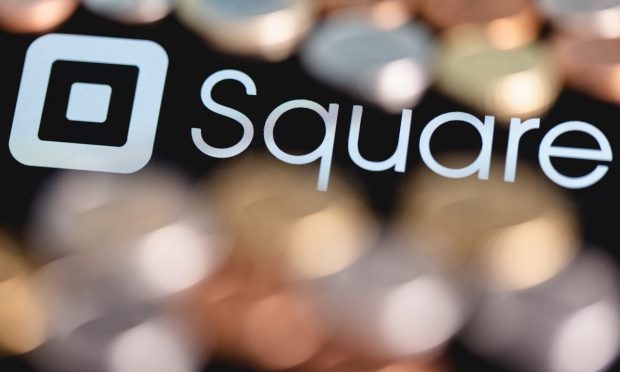Square, Afterpay Deal Gives SMBs BNPL Boost

The first thing you notice about the deal might be the size: $29 billion is an eye-popping number.
Buy now, pay later (BNPL) has its promise, of course, but it also has its price tag. Firms pay up for growth, and within payments, growth lies, visibly, in hockey stick arcs, with BNPL.
We’re talking, of course, of the deal announced this weekend (Aug. 1), where Square has said it will buy Australian BNPL firm Afterpay in an all-stock deal that carries that $29 billion purchase price.
Read more: BNPL Takes Its Next Dramatic Turn As Square Buys Afterpay For $29B
The scale that comes with it, the international scope — as well as the broadening of the BNPL ecosystem for small and medium-sized businesses (SMBs) — helps point toward what led Square to pull the trigger.
Afterpay, of course, is based in Australia and in documents provided alongside the merger announcement, Afterpay notes that it is used by 100,000 merchants and has more than 16.2 million customers. Square, for its own part, has released its latest results, noting that for the second quarter, software and integrated payments have been the fastest growing products in the seller ecosystem.
It follows, then, that these offerings are increasingly important to smaller sellers, where for companies with annualized GVP at less than $125,000 stood at $13.4 billion, up from $9 billion in the same period last year — and above the $11.7 billion seen in 2019, pre-pandemic. The tailwind is there.
PYMNTS data shows the continued allure of BNPL for these smaller merchants. In research done in tandem with Afterpay, insight gleaned from more than 300 merchants showed that the “sweet spot” for BNPL stands with merchants that have top lines that span $250,000 t $2.5 million, which thus dovetails well with the Square universe of sellers. The PYMNTS/Afterpay data also shows that firms that are under a decade old report 48 percent of users tap into BNPL options. The younger the firm, the relatively smaller — but growing — the top line might be.
Retail seems to be a greenfield opportunity for the BNPL options. We’ve found that sporting goods have thus far enjoyed the biggest BNPL surge, along with more than two-thirds of retailers that sell health and beauty products, musical instruments or automobiles parts — while 57 percent of those selling clothing and accessories report an uptick.
In other words, the interest in BNPL — for the consumers — spans small-ticket and large-ticket items.
But BNPL, of course, also needs a presence at the point of sale to prompt sellers to offer and users to consider that option in the first place. Access is key — and availability is key.
That’s where Square likely has leverage, and the cross-pollination with Afterpay will be palpable, having said on its site that Afterpay Card in Apple Pay can be added to the Apple Wallet.
Moving Away From The Plastic
As noted in this space, Square has been building out a banking ecosystem that spans software and hardware and integrated services. For the company itself, Christina Riechers, Square Banking’s head of product, said Square Banking marks both a departure and an evolution from its original journey as a mobile point of sale (POS) provider that catered to cash-based smaller businesses that wanted to accept payment in plastic.
You may also like: Square Aims To Do For Small Business Banking What Its Card Readers Did For POS
It is the ecosystem that likely, through iPad POS with tap to pay functionality, ties right into the banking suite, for example, to heat up the BNPL space. Especially with competitors such as PayPal, with its own iZettle, or Clover/Fiserv.
No one is taking the ecosystem landscape lightly, so to speak. As PayPal SVP of Omni Payments Jim Magats told Karen Webster upon the launch of Zettle for small businesses, “for us, it’s a natural extension of what we’ve been doing online and on mobile over the course of the last 20 years; serving SMBs with an in-store solution that interoperably works with an online solution. It’s the next stage of our evolution into omnichannel payments,” Magats told Webster.
As noted above, scale matters, and by grabbing Afterpay, Square gets another boost into brick-and-mortar with the deal with Westfield shopping centers here in the U.S. As a Zahir Khoja told PYMNTS in a recent conversation, consumers “are going to want to spend and buy and purchase in person — data tells us that millennials are among the most eager to get back into the mall.”
